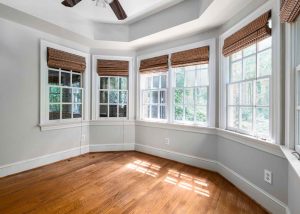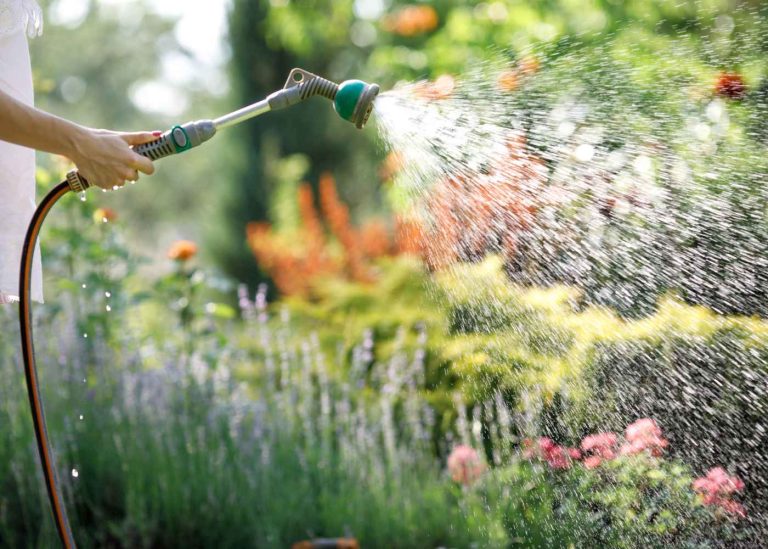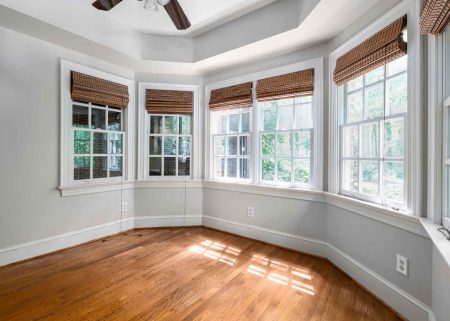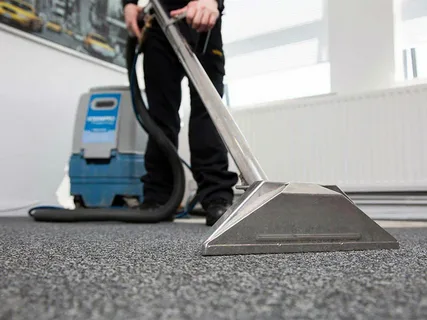Owning a large garden is a wonderful privilege that provides endless opportunities for outdoor enjoyment, landscaping creativity, and peaceful relaxation. However, managing a substantial outdoor space comes with unique challenges that require thoughtful planning and the right features to make maintenance manageable and enjoyable.
Large gardens can quickly become overwhelming without proper infrastructure and tools to support their care and use. The key is identifying essential features that will make your expansive outdoor space both beautiful and functional while reducing the time and effort required for ongoing maintenance.
Smart planning and strategic investments in the right garden features transform what could be a burden into a source of pride and pleasure for years to come.
Installing Efficient Irrigation Systems
A comprehensive irrigation system is perhaps the most crucial feature for any large garden. Hand-watering extensive planted areas becomes impractical and time-consuming, making automated irrigation essential for maintaining healthy plants throughout your landscape.
Drip irrigation systems provide targeted water delivery directly to plant roots, minimizing water waste while ensuring each area receives appropriate moisture levels. These systems can be zoned to accommodate different plant types and watering needs, from water-loving vegetables to drought-tolerant perennials.
Sprinkler systems work well for lawn areas and larger planted beds, providing broad coverage that keeps grass green and garden beds evenly watered. Modern irrigation controllers allow you to program different zones for specific watering schedules, adjusting automatically for seasonal changes and weather conditions.
Consider incorporating moisture sensors and rain gauges that prevent overwatering and adjust irrigation schedules based on actual soil conditions and rainfall. These smart features save water, reduce utility costs, and prevent plant stress from inconsistent watering practices.
Creating Functional Storage Solutions
Large gardens generate significant storage needs for tools, equipment, seasonal decorations, and maintenance supplies. Without adequate storage, these items can clutter your landscape and become difficult to locate when needed.
A well-designed garden shed or storage building provides centralized space for larger tools like mowers, trimmers, and wheelbarrows while protecting them from weather damage. Include shelving systems for smaller hand tools, fertilizers, and seasonal items that need organized, accessible storage.
Consider multiple smaller storage solutions throughout your garden for convenience. Weatherproof storage benches near seating areas can hold cushions and outdoor entertaining supplies, while tool caddies positioned in different garden zones keep frequently used items within easy reach.
Covered storage for outdoor furniture during off-seasons protects your investment and extends the life of tables, chairs, and other pieces that enhance your garden’s functionality and appeal.
Establishing Convenient Water Access
Access to water throughout your large garden is essential for plant care, cleaning tasks, and general maintenance. Installing multiple spigots or hose connections eliminates the need to drag long hoses across your entire property for routine watering tasks.
A retractable garden hose system from companies like Hoselink USA provides an elegant solution for water access without the unsightly appearance of hoses lying across pathways and planted areas. These systems keep hoses neatly stored when not in use while providing easy access to water wherever you need it in your garden.
Consider installing frost-proof spigots in key locations throughout your landscape, ensuring year-round water access for cleaning tools, filling watering cans, or connecting irrigation systems. Strategic placement reduces the distance you need to carry water and makes routine garden care much more convenient.
Outdoor sinks or wash stations near work areas provide convenient spots for cleaning vegetables, washing tools, or preparing plants for indoor arrangements without tracking dirt through your house.
Building Comfortable Gathering Spaces
Large gardens offer wonderful opportunities for creating multiple outdoor living areas that take advantage of different views, microclimates, and activities throughout your landscape. These spaces make your garden more enjoyable and functional for both everyday relaxation and entertaining guests.
Design seating areas in various locations to capture morning sun, afternoon shade, or evening breezes depending on your preferences and the changing patterns of light throughout your garden. Each space can serve different purposes, from quiet reading nooks to larger gathering areas for family meals or parties.
Consider installing outdoor lighting that extends the usability of these spaces into evening hours while providing safety illumination along pathways and steps. Solar-powered options offer energy-efficient lighting without the complexity of electrical installation.
Weather protection like pergolas, gazebos, or strategically planted trees creates comfortable microclimates that make outdoor spaces usable during different weather conditions and seasons.
Designing Practical Pathway Systems
Well-planned pathways are crucial for safely and comfortably navigating large garden spaces while protecting planted areas from foot traffic damage. Thoughtful pathway design also helps organize your garden into distinct zones and creates visual flow throughout the landscape.
Primary pathways should be wide enough for comfortable walking and occasional equipment transport, using durable materials like stone, brick, or concrete that withstand heavy use and weather exposure. Secondary paths can be narrower and use softer materials like mulch or gravel for access to specific garden areas.
Proper pathway lighting ensures safe navigation during early morning or evening garden activities while adding ambiance to your outdoor spaces. Consider motion-activated lights for security and convenience combined with decorative lighting for aesthetic appeal.
Include rest stops along longer pathways with benches or small seating areas that provide opportunities to pause and enjoy different garden views while making longer walks more comfortable for all family members and visitors.
Making Your Garden Work for You
The key to enjoying a large garden is implementing features that reduce maintenance burdens while maximizing your outdoor living opportunities. Focus on essential infrastructure that supports both plant health and human comfort, creating a landscape that enhances your lifestyle rather than overwhelming your time and energy.
Invest in quality features that will serve your garden well for many years, and don’t try to implement everything at once. Gradual improvements allow you to learn what works best for your specific space and needs while spreading costs over time.







